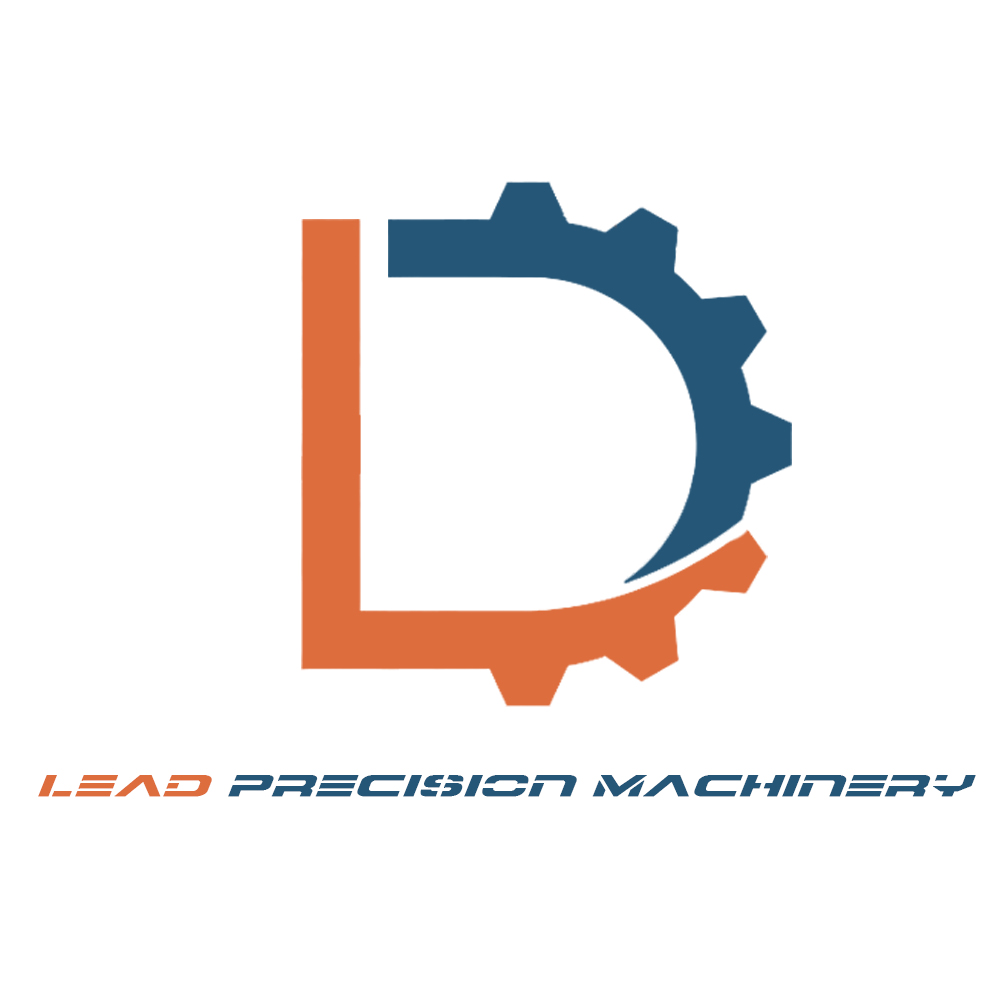CNC Electronics signifies the integration of precision machining with the world of electronic components. As the electronics industry evolves, demanding miniaturization and enhanced performance, CNC machining emerges as a vital tool in the production of intricate circuitry and components. Through CNC Electronics, we are witnessing a new era of efficiency and precision in electronic device manufacturing.
CNC Electronics Techniques & Their Advantages Compare
| CNC Electronics Technique | Primary Benefit | Application Example |
|---|---|---|
| PCB Milling | Accurate circuit board design | Prototype circuit boards |
| Micro Drilling | Precision hole placements | PCBs, semiconductor wafers |
| Laser Etching | Fine detail without physical contact | Integrated circuits, chip engraving |
| Precision Grinding | Ultra-smooth surfaces | Optoelectronic components |
| 3D IC Machining | Multi-layer component integration | Advanced microchips, memory stacks |
FAQs on CNC Electronics
- Why is CNC’s precision vital for electronics? Given electronics’ miniaturization trend, CNC’s precision is essential for micro and nano-scale components.
- How does CNC support rapid electronics prototyping? CNC, especially PCB milling, allows quick prototype development, speeding up electronics innovation.
- Which CNC techniques are preferred for semiconductors? Micro drilling and laser etching are common due to their precision and delicacy.
- How does CNC benefit consumer electronics? CNC ensures consumer electronics components, like camera parts, are produced with high precision.
- Can CNC produce flexible electronic components? Yes, CNC can be adapted to produce flexible components for applications like wearable tech.
- How does CNC machining ensure electronic component durability? Precision machining reduces flaws, ensuring components last longer and perform reliably.
- Is CNC used in telecommunications equipment manufacturing? Yes, precision components for devices like smartphones and radios are often CNC machined.
- How does CNC benefit optoelectronics? CNC ensures components like lasers and LEDs are produced with high precision, enhancing performance.
- Can CNC produce multi-layer electronic components? Yes, techniques like 3D IC machining allow for multi-layer component integration.
- How does CNC support the IoT industry? CNC’s precision is vital for producing the intricate components used in IoT devices.
Applications of CNC Electronics:
- Semiconductor Manufacturing: Precision tools for creating microchips, transistors, and other semiconductor devices.
- Optoelectronics: Components for lasers, LEDs, and photodetectors.
- Communication Devices: Precision components for smartphones, radios, and satellite equipment.
- Consumer Electronics: Intricate parts for everything from cameras to gaming consoles.
CNC Electronics is reshaping the way we approach electronic device manufacturing. As the demand for more advanced, compact, and efficient devices grows, CNC’s role in ensuring precision and innovation becomes increasingly significant.

